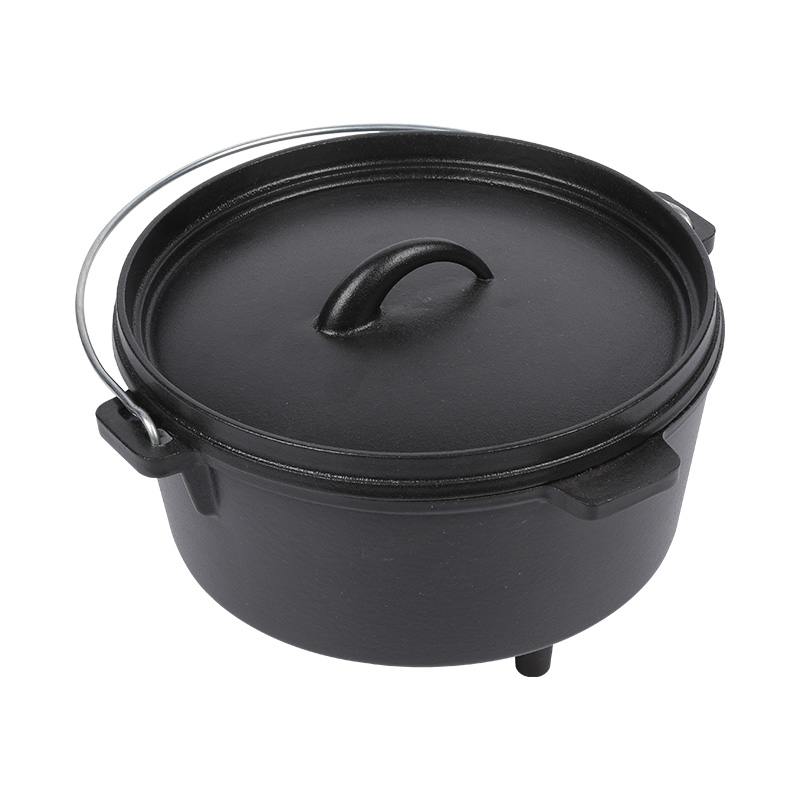Starting Your Journey with Cast Iron Kitchenware
Embarking on your cooking journey with Cast Iron Kitchenware can be an enriching experience. Known for its heat retention and durability, cast iron is a material that many cooks appreciate. For someone new to it, the process of selecting and caring for a pan might seem complex. This guide aims to simplify those initial steps, providing a clear path from choosing your first piece to preparing it for its first meal. Understanding the basics will help you feel confident and ready to make the most of this classic cookware.

Selecting Your First Piece: What to Consider
The one step is choosing a pan that fits your needs. A fundamental distinction is between bare cast iron and enameled cast iron. Bare cast iron requires a layer of seasoning to create a natural non-stick surface and prevent rust. Enameled cast iron has a glass-like coating that eliminates the need for seasoning and is resistant to acidic ingredients. For a first purchase, a simple skillet is a flexible option suitable for a wide range of dishes. When examining a pan, look for a smooth cooking surface and a handle that feels secure and comfortable in your grip.
The Purpose and Process of Seasoning
For bare cast iron, seasoning is not just a one-time event; it is the foundation of its cooking performance and longevity. Seasoning involves baking a thin layer of oil onto the iron, which transforms through heat into a hardened, protective layer. This coating prevents rust and creates a surface that food is less likely to stick to. It is a simple chemical process that anyone can do at home. A well-seasoned pan will have a dark, semi-glossy appearance that develops over time.
A Simple Guide to Your First Seasoning
If your new pan is not pre-seasoned, or you wish to build up the layer, follow these steps:
Step 1: Clean and Dry. Wash the pan with warm, soapy water to remove any factory residue. Dry it thoroughly with a towel.
Step 2: Apply Oil. Using a paper towel, apply a small amount of a cooking oil with a high smoke point to every surface of the pan, inside and out. Then, take a fresh paper towel and wipe away as much oil as you can. The goal is an incredibly thin, almost invisible film.
Step 3: Bake the Pan. Place the pan upside down in the oven. Baking it upside down prevents oil from pooling in the bottom. Bake it for one hour. Afterward, turn off the oven and let the pan cool inside.
This process can be repeated several times to build a more robust initial seasoning layer.
Early Use and Ongoing Care
When you start cooking with your new pan, begin with foods that have a higher fat content, such as sautéed vegetables or pan-seared meats. This helps continue the seasoning process. For cleaning, use hot water and a soft brush or sponge. Avoid letting the pan sit in water. Always ensure it is completely dry before putting it away. A small amount of oil can be applied after drying to maintain the surface. With consistent use and care, your Cast Iron Kitchenware will become a more reliable and valued part of your cooking routine.



